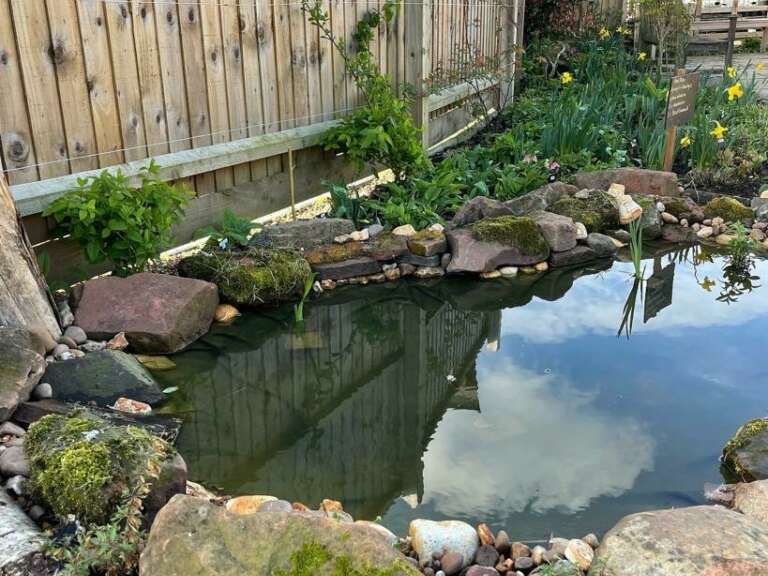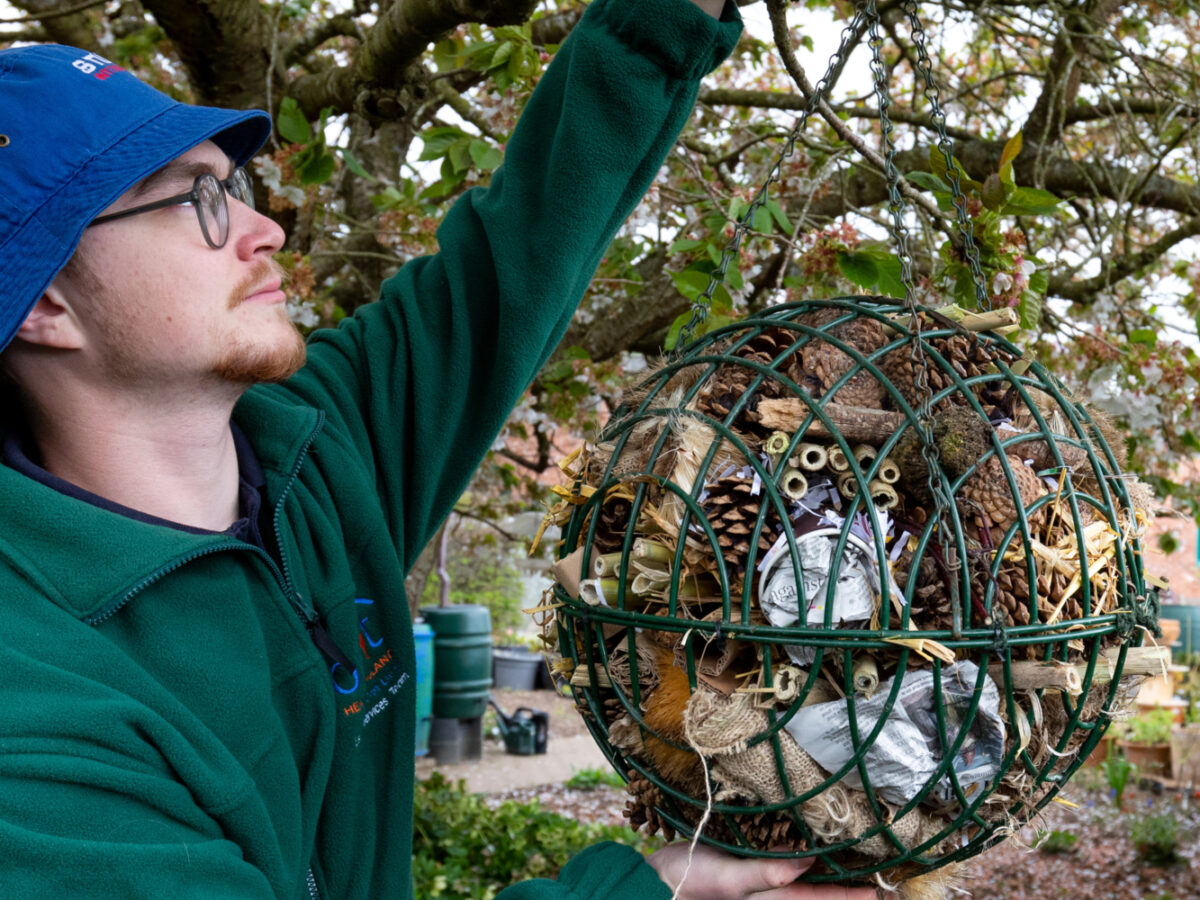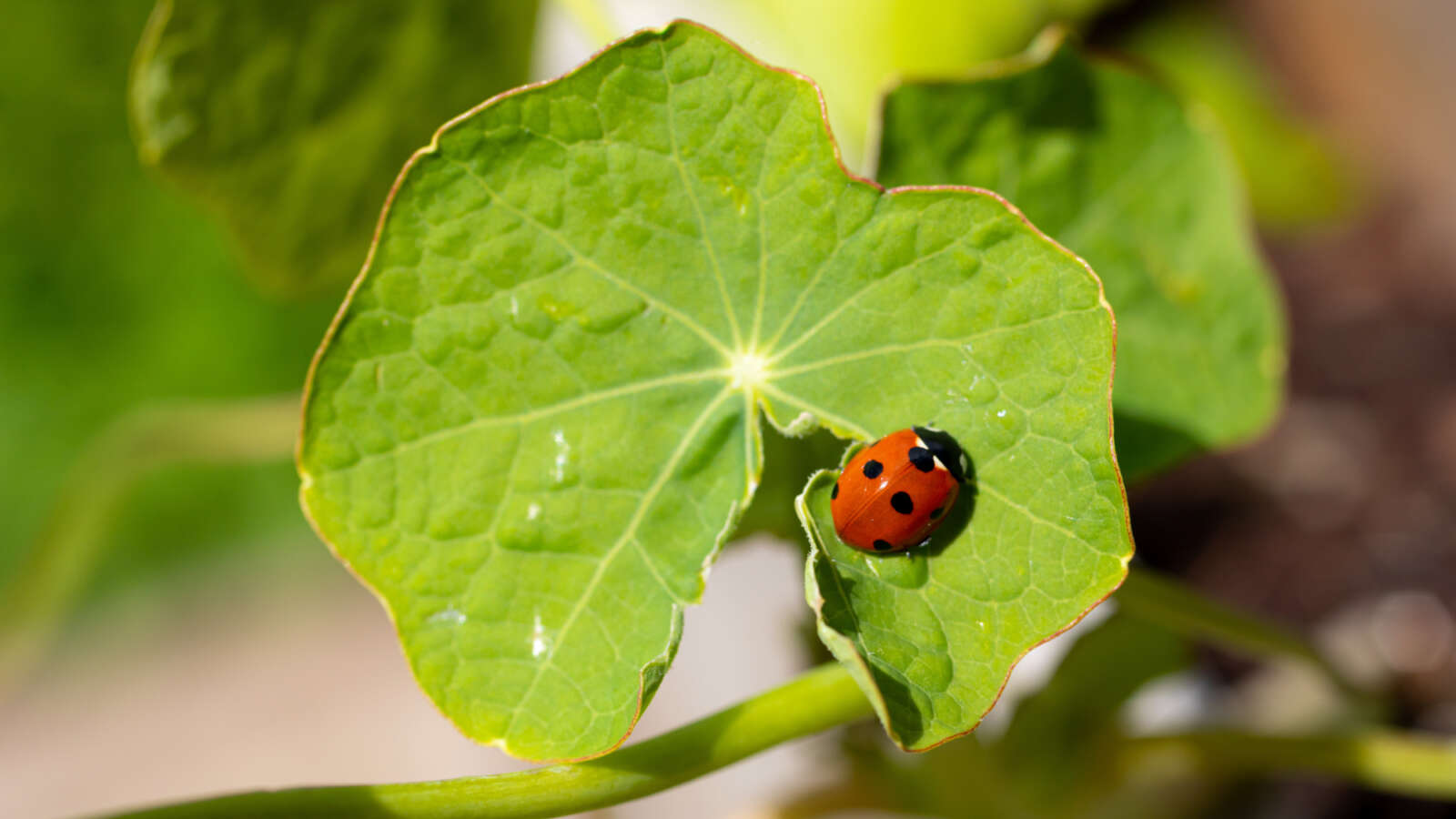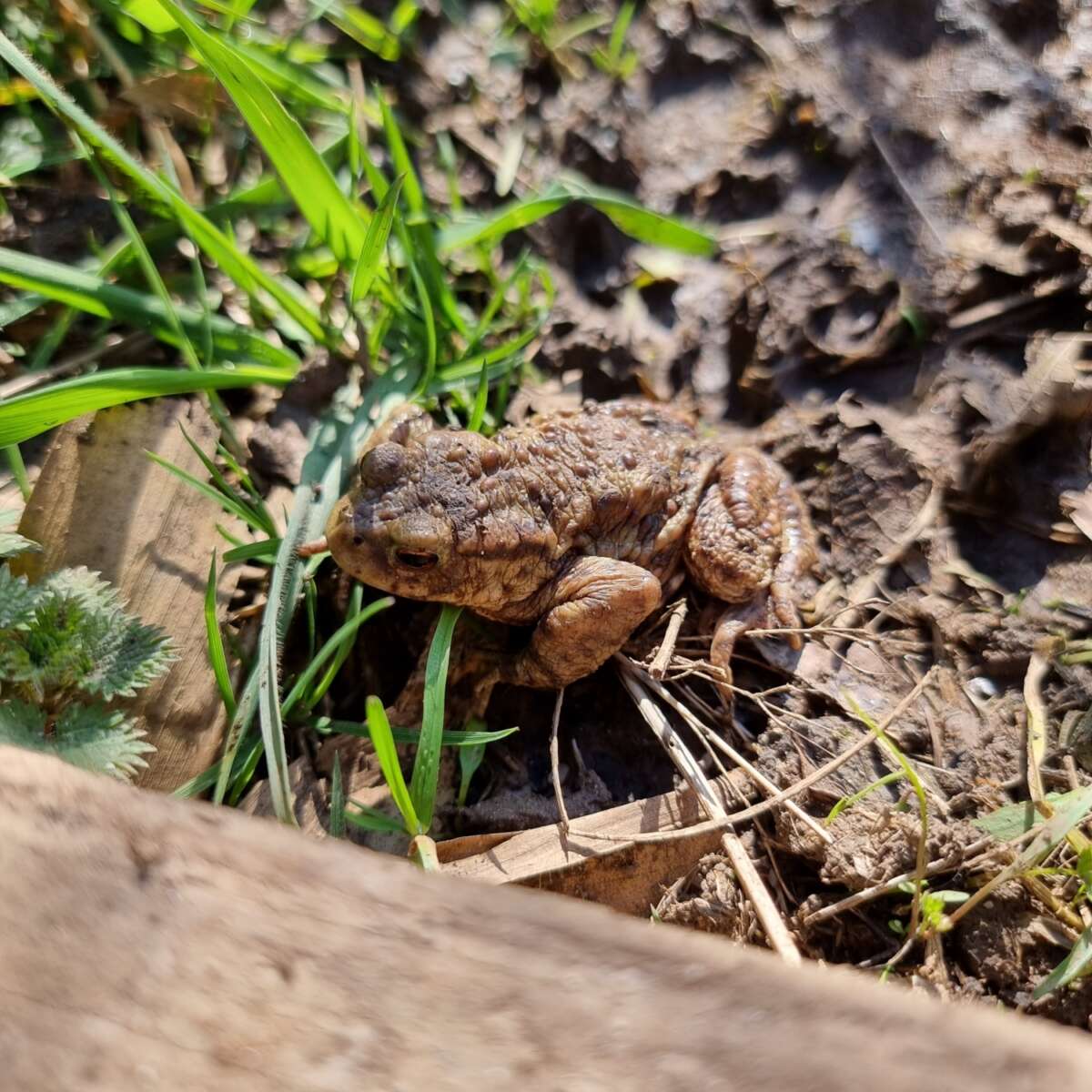
Wildlife gardening
Help wildlife thrive on your patch
Whether you grow on a balcony, in a backyard, or allotment, it's exciting to know you can encourage all sorts of wildlife.
-

Flowers for Wildlife
Flowers are very important to wildlife, providing vital food and shelter.
-

Shrubs for wildlife
The low-growing, multi-stemmed nature of a shrub provides excellent cover for wildlife. Hedgehogs, mice, birds and insects all enjoy the seclusion.
-
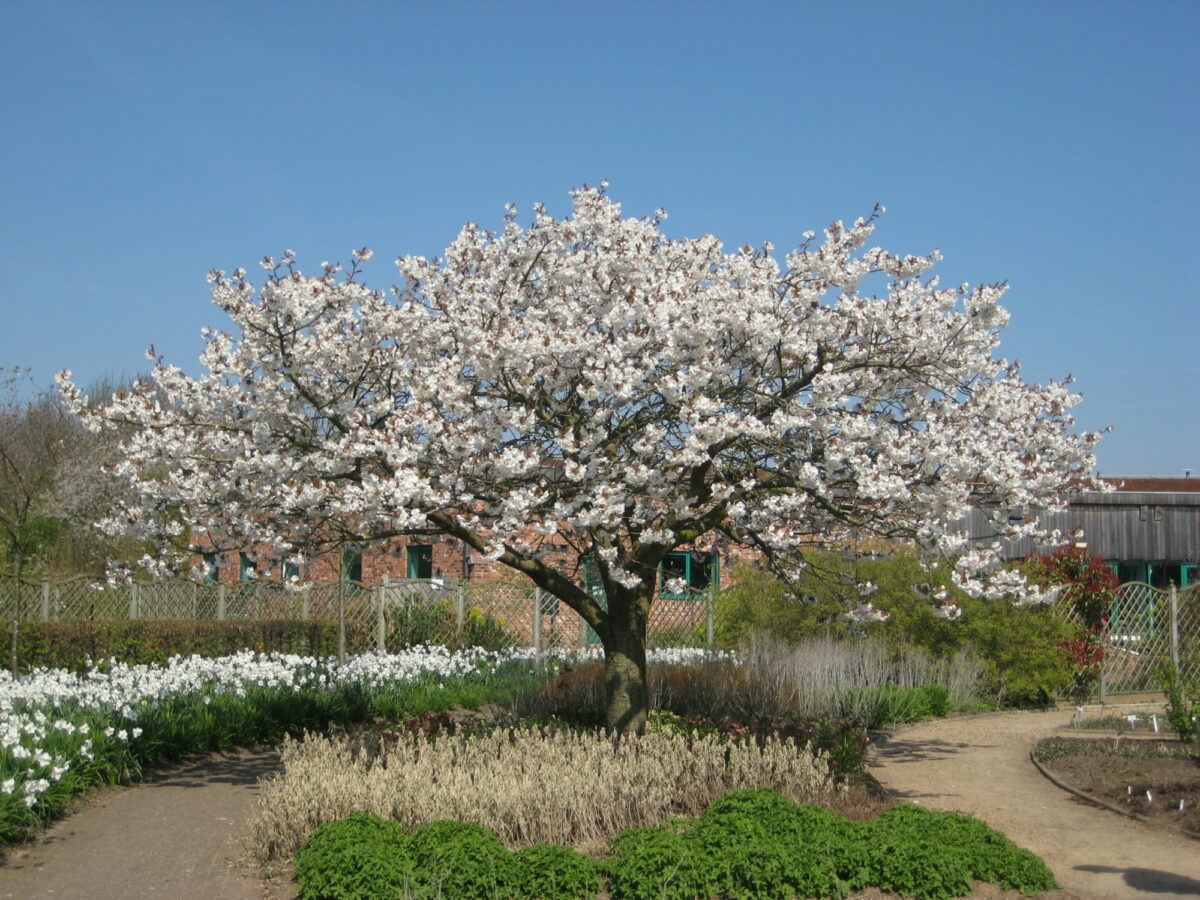
Trees for Wildlife
Trees and shrubs are important for all forms of native wildlife, including birds, mammals and insects.
Wildlife projects for all the family
Fact sheets - wildlife gardening
Our member fact sheets contain in-depth information and guidance on a range of topics. Log in or join us to access them.
-
Flowers
Beneficial insects and how to attract them
Enhance your garden habitat and attract an array of beneficial insects. Find out how with our member fact sheet.
-
Wildlife gardening
Wildflower meadows, how to create one
Wildflower meadows have many benefits. Follow our member fact sheet for guidance on how to create one.
-
Wildlife gardening
Shrubs and climbers for the wildlife garden
Shrubs and climbers provide great ground cover for wildlife. Take a look at our member fact sheet to select the right plant for your garden.
-
Wildlife gardening
Create a bee border
Plant a border to attract bees into your garden. Follow the steps on our handy member fact sheet to create the perfect patch.
Frequently asked questions
-
A good selection for sowing early might be: Limnanthes douglasii (poached egg plant), Calendula (pot marigold), and Eschscholtzia ( Californian poppy). The green manure crop, Phacelia tanecetifolia is irresistible to bees if left to flower.
There is a good selection available in the flower seeds section of the Organic Gardening Catalogue. Each flower has a symbol next to it to denote which creatures are attracted to it. Pick a selection that will attract a range of insects. Hoverflies are great for controlling aphids, whilst bees are for pollination.
Garden Organic members can see our factsheets:
- Flowers for the wildlife garden
- Attracting beneficial insects
-
Bees swarm in June and July when the colony gets too big and some of them move off to look for new premises. They are not especially dangerous or aggressive, although they can look rather frightening. Swarms can be valuable to bee keepers so the best course of action is to contact a local bee keeper and they are usually quite happy to come along and round them up.
The British Bee Keepers Association website offers help and advice regarding bee swarms and your local police or environmental health office will have details of local beekeepers.
-
The siting for the butterfly box should be near scented, butterfly attractive plants, in a sheltered position on a wall, fence, post or pergola where it will catch the morning sun. You can place a small branch or twig inside as a resting place. You may also put some buddleja or nettles inside the box to further attract the butterflies (assuming access allows for this).
Nettles are an important habitat and food source for butterflies, amongst many other beneficial insects.
Garden Organic members can see our factsheet about Nettles for more information.
Butterfly Habitat boxes are available from the Children's Gardening section of The Organic Gardening Catalogue.
-
The best time to cut nettles for a liquid plant fertiliser is early spring, as this is when the nitrogen content is at its highest. To ensure that the butterfly larvae are not disturbed it is best to cut in March and again (if you want to) in October.
Frequent visitors to nettle patches are the Red Admiral, Small Tortoiseshell, Peacock and Comma butterflies. The eggs and larvae of these butterfly species are present on nettles between April and June, with adults emerging between May and October. Adults either hibernate in sheds, attics or shrubs and hedgerows through the winter.
Garden Organic members can see our factsheet about Nettles for more information. This factsheet includes information on nettle liquid plant food, applying nettles to your compost heap and attracting beneficial insects.
